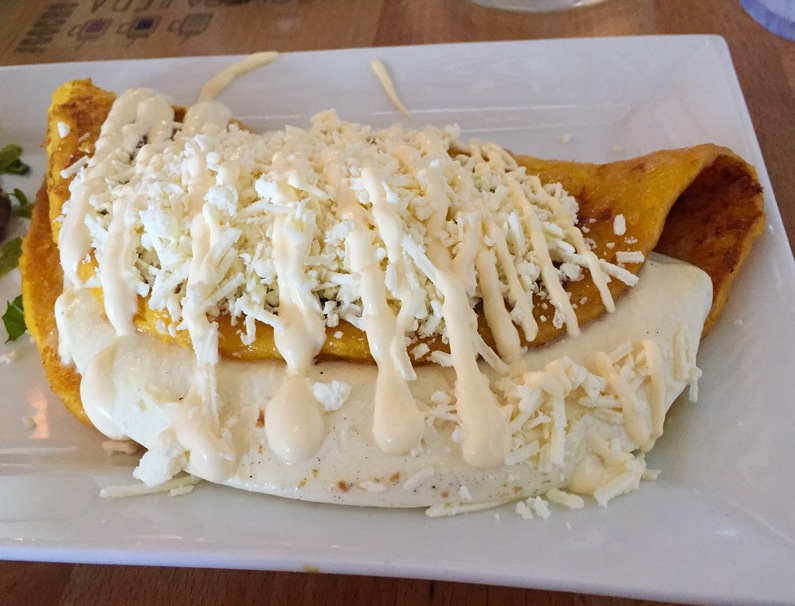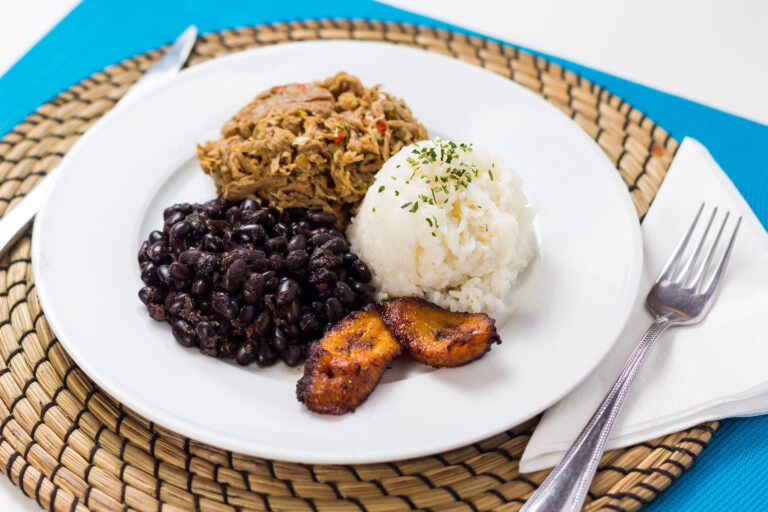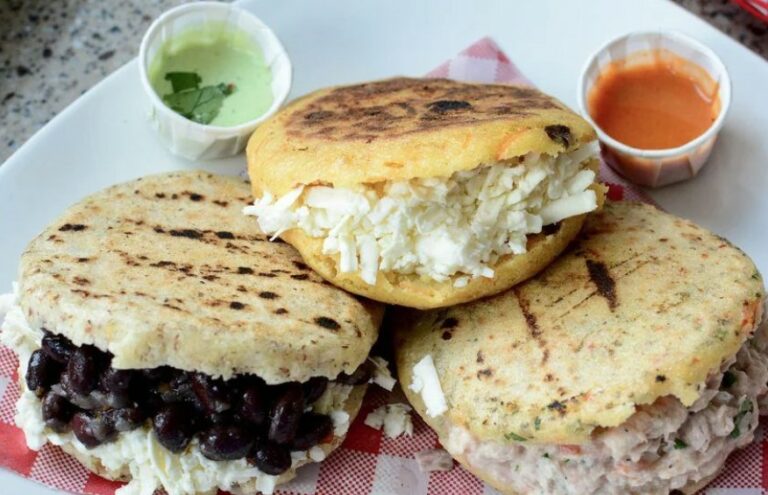Introduction to Venezuelan cuisine
Venezuelan cuisine is a rich fusion of indigenous, European, and African culinary traditions. The country’s unique geographical location, with its Caribbean coastline, Andean highlands, and Amazonian rainforest, has given rise to a diverse and flavorful cuisine. Venezuelan food is characterized by its bold flavors, hearty portions, and emphasis on fresh, locally-sourced ingredients.
The flavors of Venezuela
Venezuelan cuisine is known for its bold and diverse flavors, which vary depending on the region and the ingredients used. Some of the most popular flavors in Venezuelan dishes include garlic, onion, and cilantro, which are often used as the base for sauces and marinades. Other common flavors include cumin, annatto, and paprika, which are used to add depth and complexity to stews, soups, and meats.
Key ingredients in Venezuelan cuisine
Venezuelan cuisine relies heavily on fresh, locally-sourced ingredients such as seafood, tropical fruits, and root vegetables. Some of the key ingredients in Venezuelan dishes include plantains, yuca, black beans, maize, and rice. These ingredients are often combined with meat or seafood, and seasoned with a variety of herbs and spices to create hearty, flavorful meals.
Famous Venezuelan dishes
One of the most famous Venezuelan dishes is arepas, which are small, round corn cakes that are stuffed with a variety of fillings such as cheese, meat, or vegetables. Another popular dish is pabellón criollo, which is a hearty stew made with shredded beef, black beans, and rice. Other famous Venezuelan dishes include empanadas, hallacas, and cachapas.
Regional variations in Venezuelan cuisine
Venezuelan cuisine varies widely depending on the region, with each area having its own unique dishes and flavors. For example, the coastal regions of Venezuela are known for their seafood dishes, such as ceviche and grilled fish, while the Andean highlands are known for their hearty stews and soups. The Amazonian region of Venezuela is home to a diverse array of exotic fruits and vegetables, which are often used in local cuisine.
Conclusion: Venezuelan cuisine in the world
Venezuelan cuisine has gained popularity in recent years, with many Venezuelan restaurants opening up in cities around the world. The bold flavors, hearty portions, and fresh ingredients of Venezuelan cuisine have made it a favorite among food lovers everywhere. Whether you are in Venezuela or abroad, trying out some of the country’s famous dishes is a must for anyone who loves good food.



